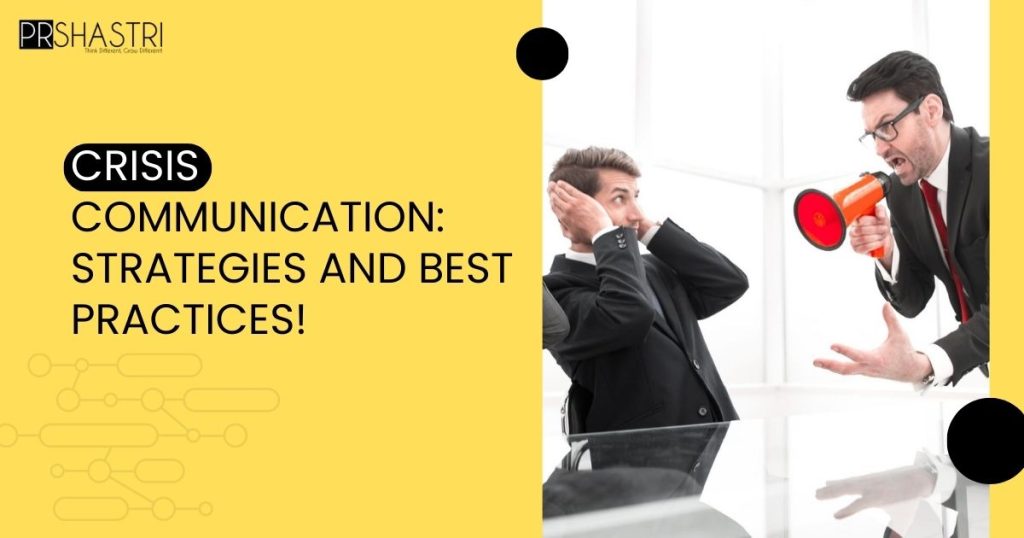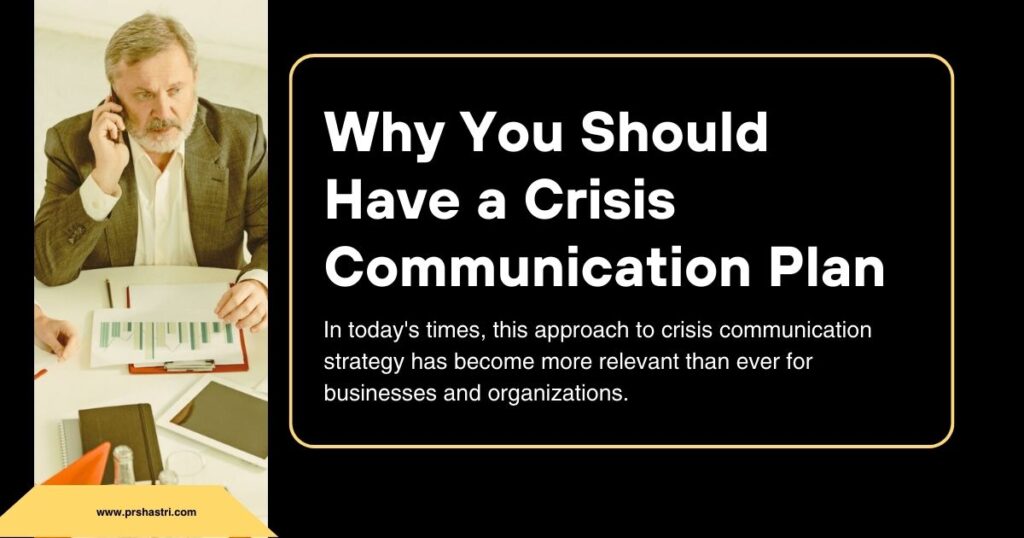Any incident or any event that causes or has the potential to cause a company’s prosperity and well-being by affecting its finances, reputation, business operations, or workforce is a crisis in the business. Any external or internal event can contribute to a crisis of any type. How to handle Crisis Management in an business?
Hence, it is always crucial to develop a strategy in advance to safeguard and manage any occurrence of crisis as soon as it arises. Business professionals who manage to overcome such crises do crisis management where the entire team with the active contribution of employees, devise a plan to prepare for any unexpected situation.
Why Should Companies create a Crisis Management Plan?
Every company creates a crisis management plan for specific purposes. It is drafted for any exigencies or critical situations where you need to implement your plan and take action to cover the effects of any crisis. However, here are the specific lists of purposes that every company takes into consideration for drafting a crisis management strategy.
- Determine, scan and examine all potential crises in every team and department
- Analyze how each type of crisis will affect your company and its daily operations.
- Formulate the steps you would need to take to handle each kind of crisis
- Choose the participants (team members/employees) in the actions you must perform in each scenario
- Create strategies for dealing with each kind of crisis
- Proper training must be given to the participants about the action plans for an immediate start
- Regularly and as needed, review and revise your plans
Crisis Management Stages- Their Importance and Impact on the Organization
1. Warning and Prevention:
Even if you cannot always foresee or predict when a crisis will occur and hit which department, there are frequently warning indicators you can be vigilant for. These red flags can be of varieties like employee conduct, undercurrents in the team, or the financial health of the business. Also, it is the correct time to prevent or avoid any incident. It is the stage to stop an incident from occurring.
2. Risk assessment and Mitigation:
The risk assessment is the next phase that starts as soon as a crisis develops. At this point, the company’s top decision-makers start to consider how the scenario might affect your operations, personnel, and clients. In this phase, the top management comes to action and discussion the effects of the crisis that the company can face like any damages or losses, and the remedies to handle it.
In this manner, everybody concerned is ready for the worst-case scenario. Also, mitigation refers to actions that prevent emergencies or lessen the likelihood that they will occur, or lessen the negative effects of emergencies that organizations cannot avoid.
3. Preparedness and Management:
Then follows the preparedness and management phase. At this point, everyone involved in resolving the crisis steps forward to check the preparedness and begin managing the resolution plan that has been selected as well as the incident’s immediate impacts on the process. It reduces the risk of any new or worsened effects that may develop.
The essential steps in preparedness are developing mutual agreements and MOUs with the respective teams whenever required, special training of the team that can come into immediate action, conducting disaster exercises, checking test capabilities, etc. It is to be noticed that the crisis management team must be well-equipped with every step to practice before any crisis. Then comes the management part where the entire process of crisis management is managed for better results.
4. Resolution and Response:
It is the stage where everyone involved in the crisis resolution process should have completed their assigned tasks by this point. At this moment, the crisis should largely be under control. Additionally, this is the time when all of the necessary preparations and measures are employed to get the company back to normal and start as it was before the crisis. Also, it is the step to take action to control and get better off from the crisis.
5. Recovery:
As you exit the resolution phase and enter the recovery phase, it is the time when the organization is starting to turn things around. Getting everyone back to work and ensuring that clients are once again set up for success with your products are also parts of this phase. You may decide that hiring or collaborating with a crisis management team is the best choice to assist you in going through your crisis management strategy and the stages of a crisis.
Every organization can retain a positive and professional reputation with their clients and employees by making sure your company is ready for any number of potential emergencies. You can shield your business from unexpected incidents or tragedy, by developing a crisis management plan.



